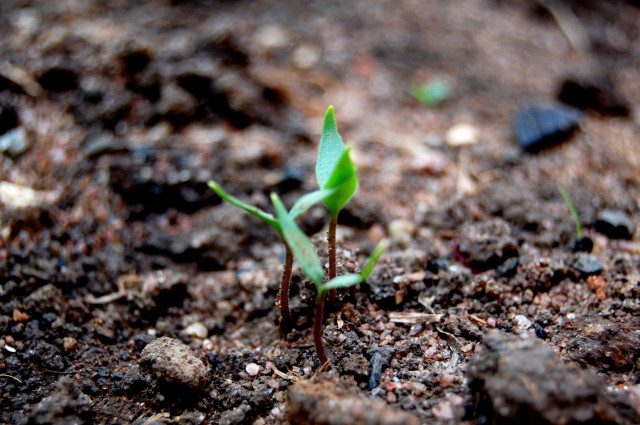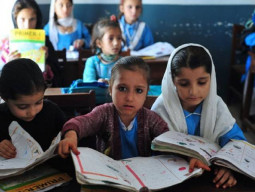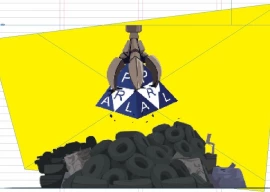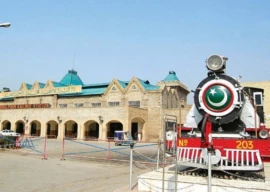
In order to maintain a green environment by limiting land erosion and flood damage, the FATA Secretariat has planted nine million saplings of various kinds throughout the tribal belt in the first half of 2013.
According to the secretariat’s forest department, seven percent of the Federally Administered Tribal Areas is covered by forests. The plantation, which has spanned 218,500 acres of land, has increased the forest area to 530,000 acres.
Of the total Rs56.12 million set aside for this purpose in the Annual Development Programme, Rs50 million has already been spent.
The government is trying to promote plantation in Bajaur Agency in particular. According to local forest department officials, saplings have been planted on 66,187 acres of the agency’s total area of 322,500 acres. The forest department in Bajaur is taking steps to increase the agency’s forest area from 16% to 25%, with officials setting a target of planting trees on 5,000 acres of land during the last drive.

Muhammad Younis, a resident of Sadiqabad, said locals were taking advantage of the mountainous area which now serves as arable land. “Our livestock is also protected as they graze in the forests now,” he added. “Trees can be used for firewood and the village also has a scenic view.”
Younis explained residents of the village used to face a shortage of wood in the past. “This problem is solved now as we have plenty of wood available at cheap rates.”
Another local, Shan Zubair from Anaat Kallay, said people with lower incomes were benefitting from the forests, adding authorities needed to plant more saplings of various species to fill up the barren mountains.
Bajaur Agency Divisional Forest Officer Shafqat Munir said before planting the samplings, an agreement is signed by the agency’s elders and tehsildar. Under the agreement, officials take the mountain which is to be used for the purpose and tribesmen do not let their livestock graze in the demarcated area at any stage of the plantation process. Once the process is complete and the trees pass the initial growth stages, they are handed over to the tribesmen who are to care for them under the agreement.
“The plantation area is guarded and surrounded by barbed wire to protect the plantations from animals,” explained Munir.
These forests came under increasing pressure due to the mass migration of Afghan refugees in the 80s, when trees were ruthlessly cut down. In response to the mass deforestation, authorities are now planting trees that grow faster. Additionally, these species have the ability to grow back after they are cut down.
Published in The Express Tribune, July 7th, 2013.












COMMENTS
Comments are moderated and generally will be posted if they are on-topic and not abusive.
For more information, please see our Comments FAQ